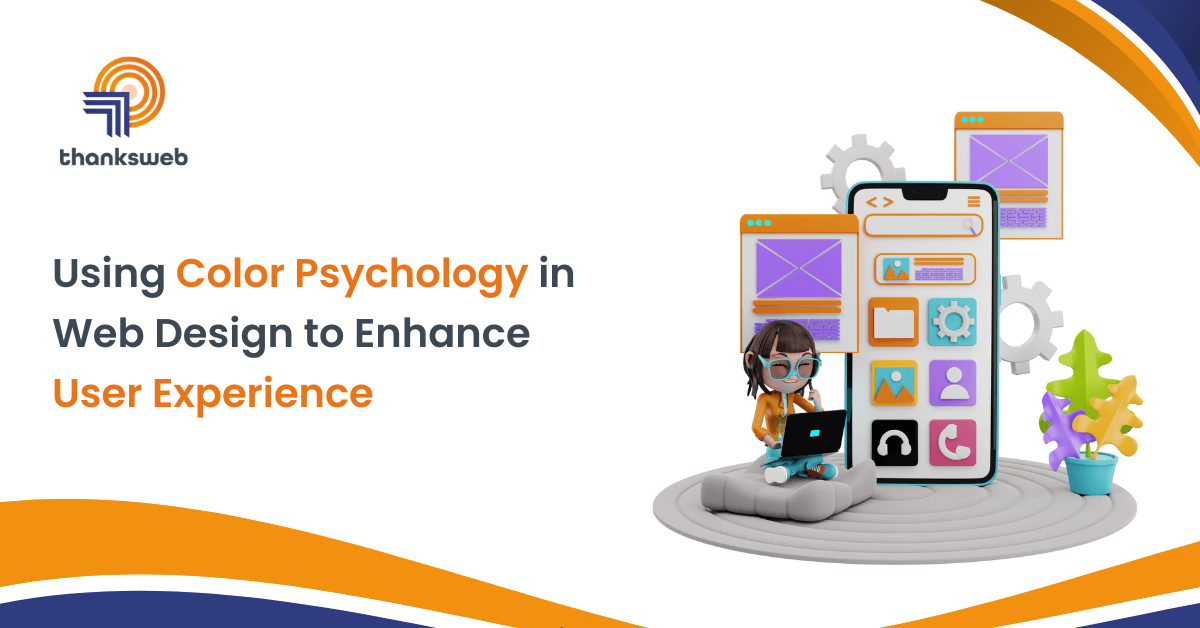As a business owner, you understand the importance of having an online presence to drive success. It’s no secret that good website design is essential for providing users with a great experience every time they interact with your site.
Beyond simple aesthetics, did you know that using certain colors can also benefit maximum engagement among users? By leveraging color psychology in your web design, you can create an effortless and enjoyable user journey — resulting in increased brand loyalty and growth! In this blog post, we’ll dive into how to use the science of color to increase user interaction on your website and take full advantage of its potential. Let’s get started!
What is color psychology, and how does it affect website user experience?
Color psychology studies how different colors affect human behavior and emotions. Studies have shown that certain colors can evoke specific reactions in people, such as trustworthiness and excitement. For example, blue evokes a feeling of reliability, while yellow can lead to optimism and happiness. By understanding the impact of color on user experience, you can use strategic color combinations to create an effective website design.
Don’t forget to check: The 5 Golden UX Design Rules for a Successful Web Design
How to use color psychology in web design to create a more positive user experience?
Using color psychology to create a positive user experience is an effective and powerful way to increase customer engagement. Utilizing the right colors can lead to higher user satisfaction, stronger customer loyalty, and improved conversions. Here are a few tips to help you select colors that will enhance the user experience on your site:
• Choose colors that reflect your brand identity. Your color scheme should accurately portray the mission and values of your company. These so select hues are in line with your brand’s image.
• Consider the context of each page. Each page on your website has a unique purpose, so consider the context when selecting colors. For example, you might use vibrant hues on your product page to draw attention and inspire excitement.
• Combine colors strategically. Select two or three contrasting colors to create visual interest and balance on your website. Remember that too many colors can be overwhelming, so choose only a few hues that are pleasing to the eye.
• Make sure your site is accessible. Remember that certain colors may be complex for people with color blindness or other vision impairments to see. Make sure your site is designed with accessibility in mind. Consider using tools such as a color contrast checker to ensure that all users can view your content clearly.
By following these tips, you can use color psychology to create a more positive user experience on your website — increasing customer loyalty and conversions.
Hire the most experienced Website design company to create a website that resonates with your target audience
Suppose you want to create a website that genuinely resonates with your target audience. In that case, it’s essential to work with a web design agency that understands the impact of color psychology.
An experienced website design company will be able to help you create a website that is both aesthetically pleasing and effective in engaging your users. When selecting a design agency, consider the amount of experience they have in developing websites and the portfolio of past clients to get a better idea of the quality of their work.

